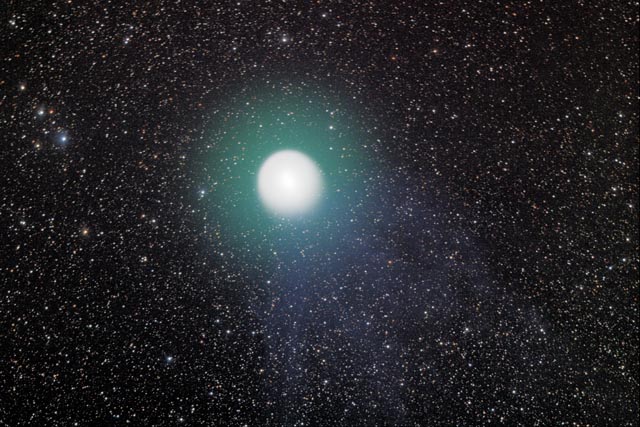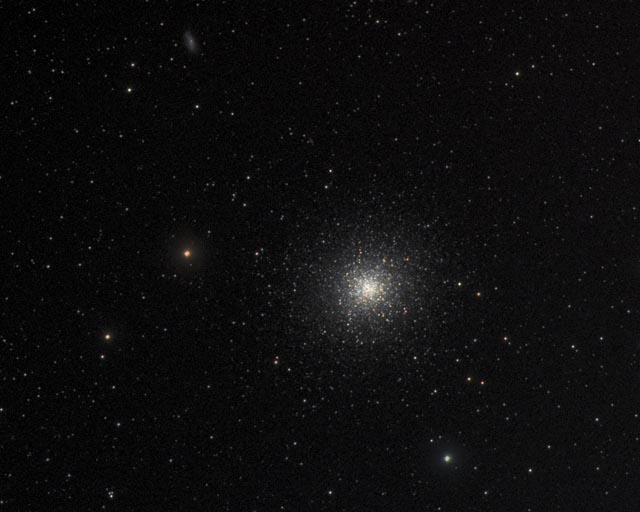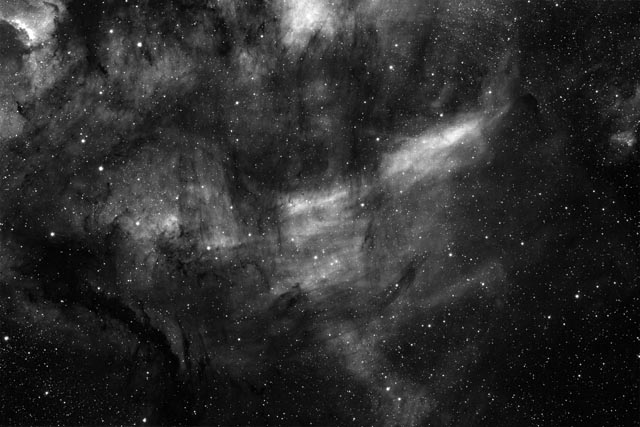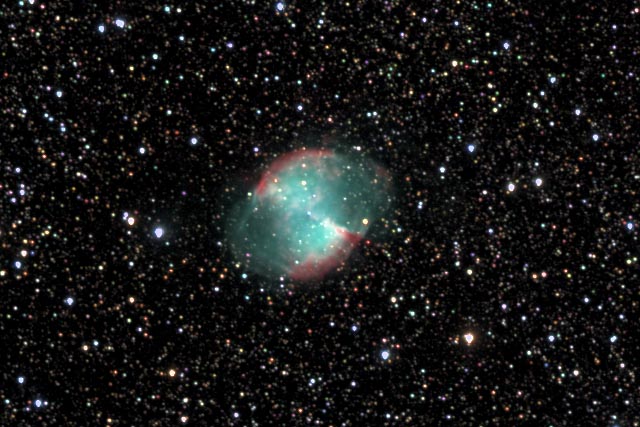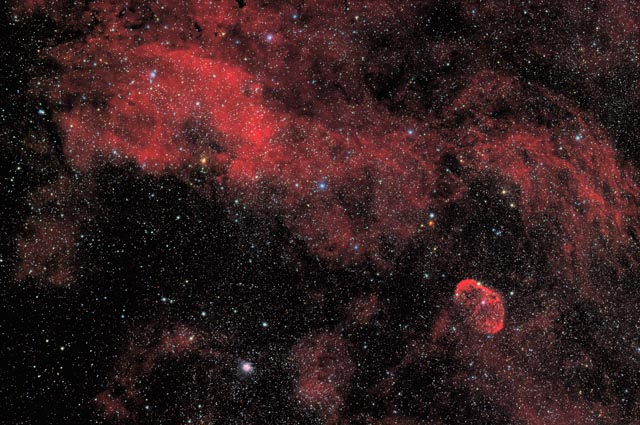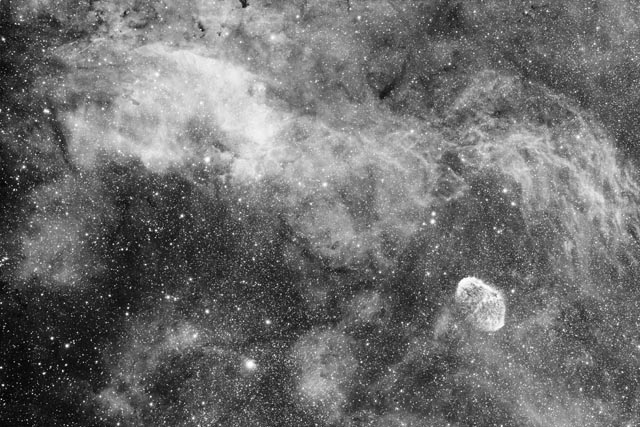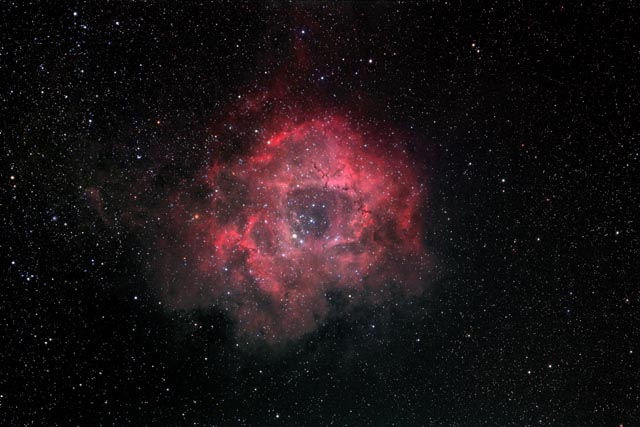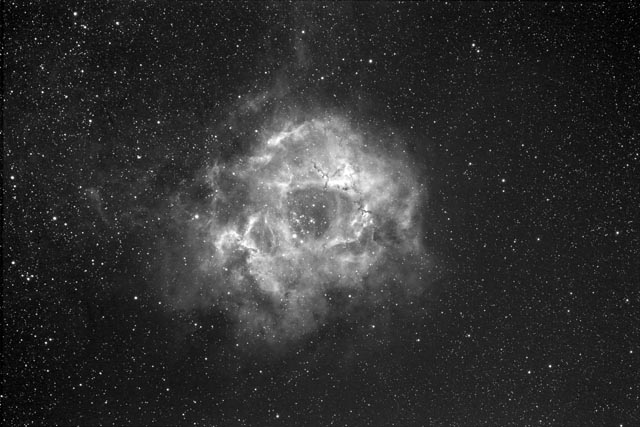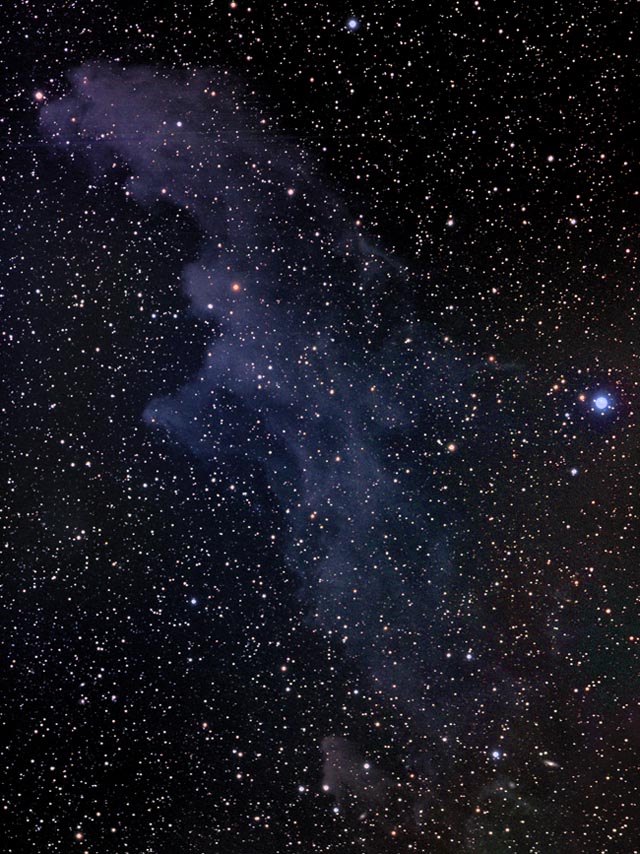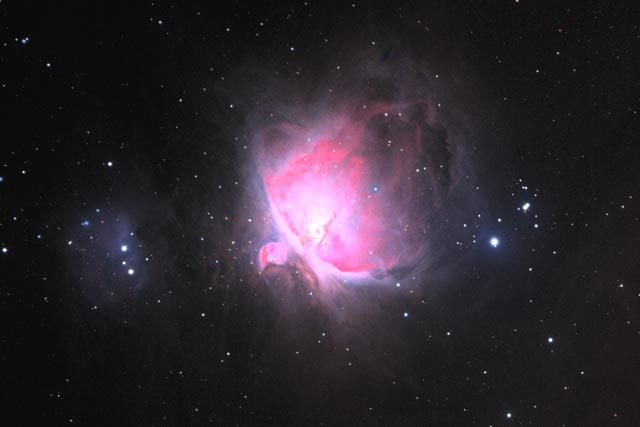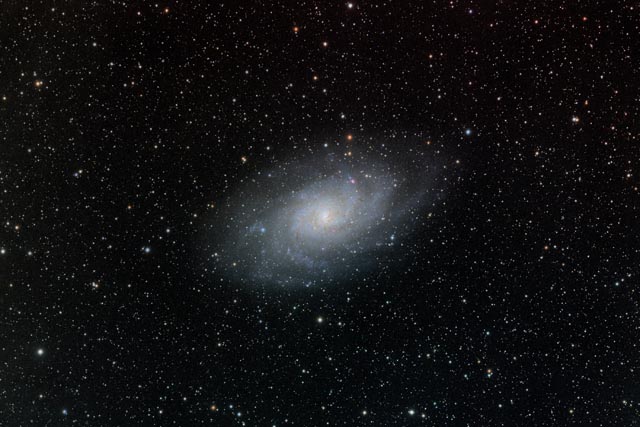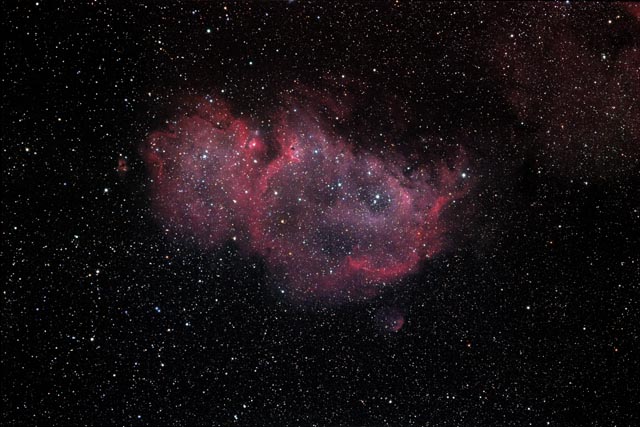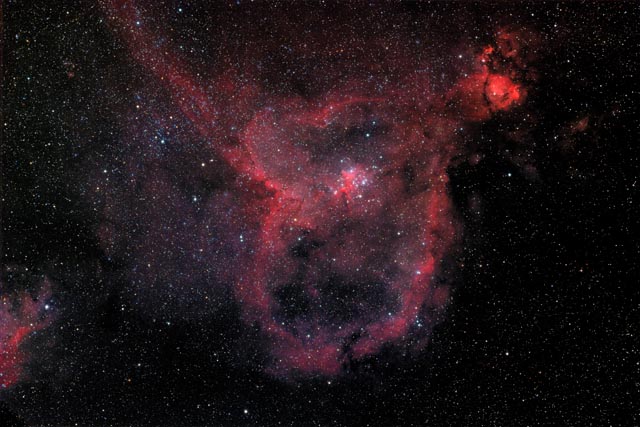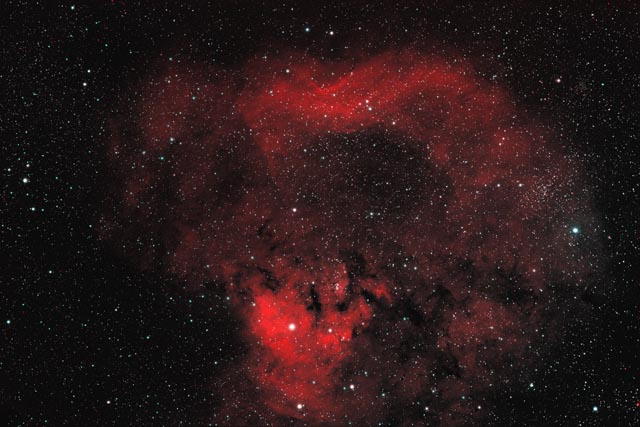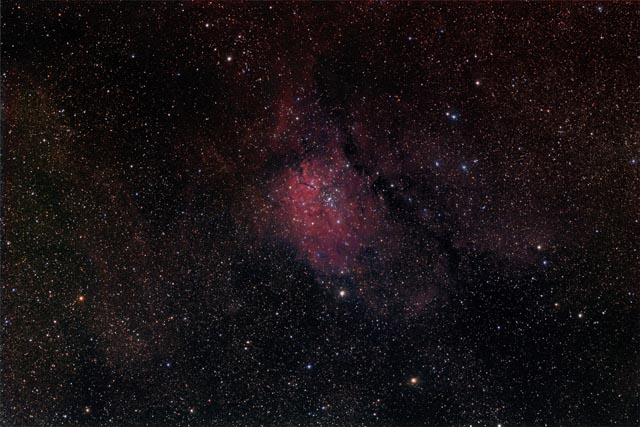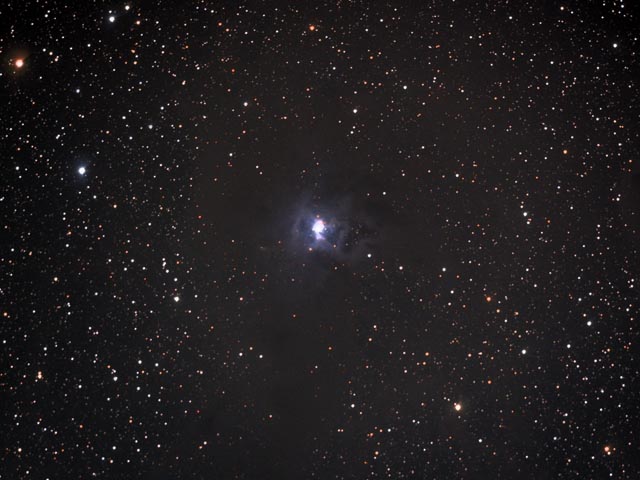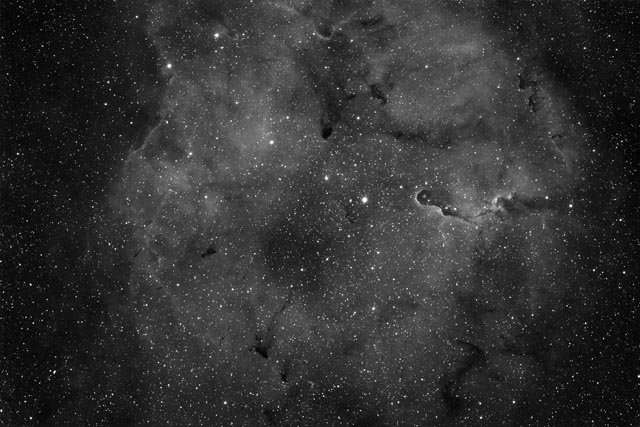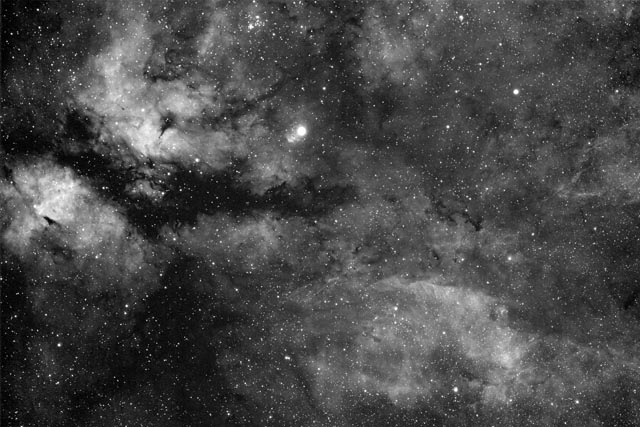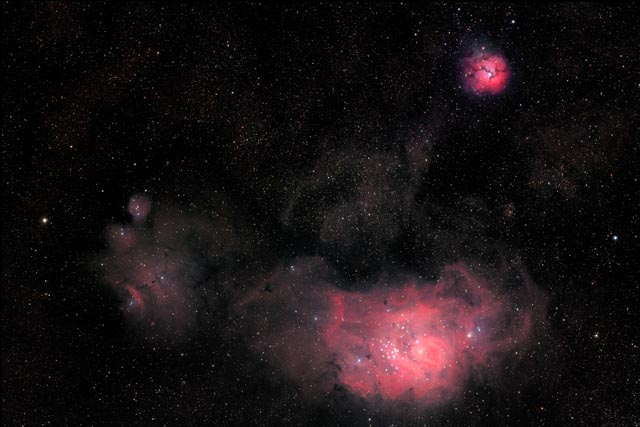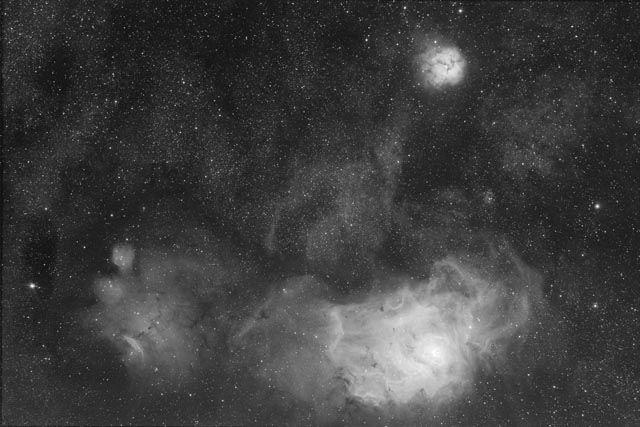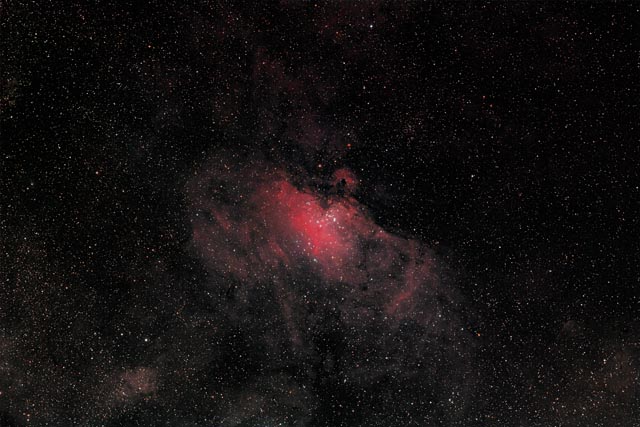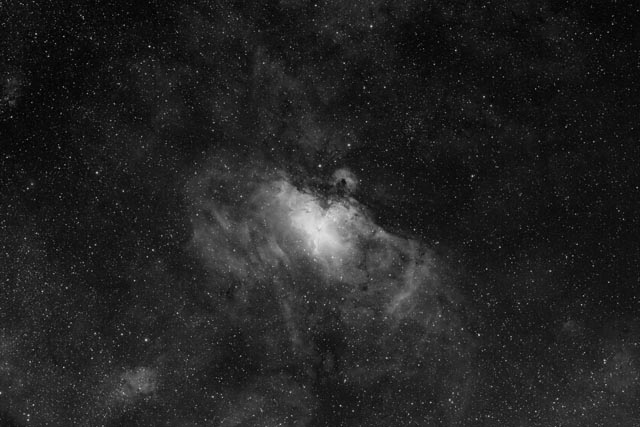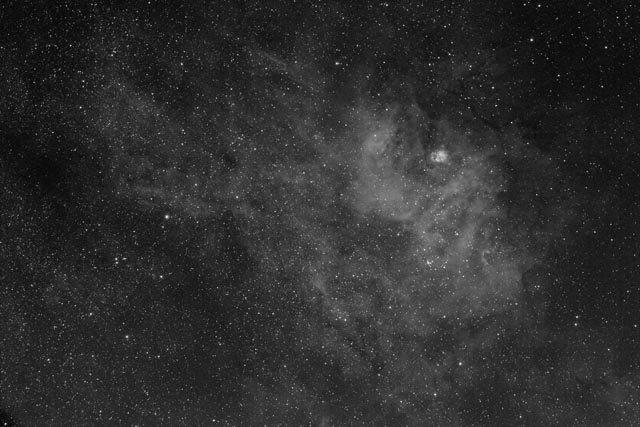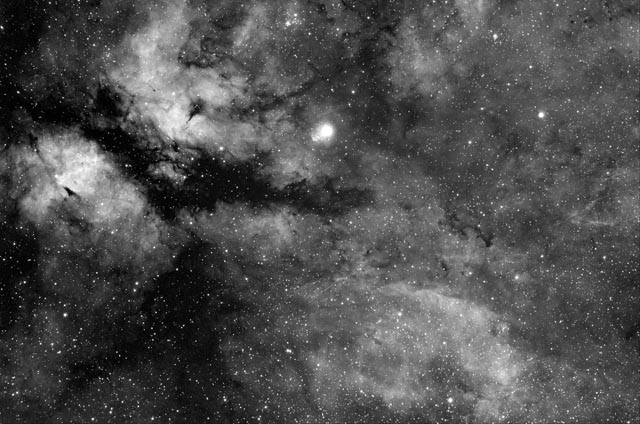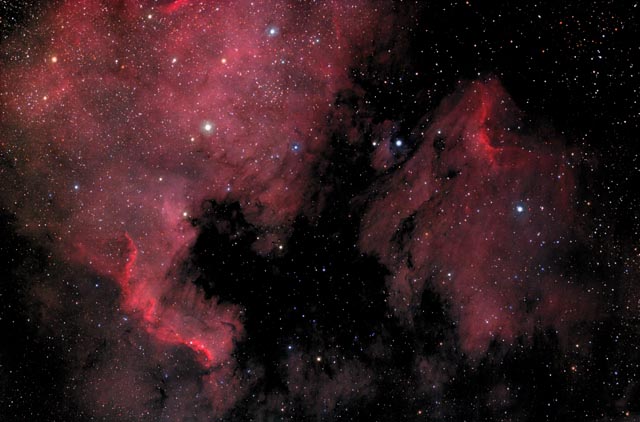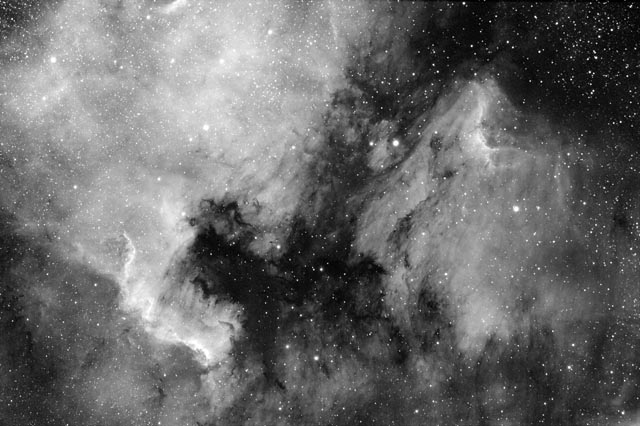The new Tele Vue NP127is is a 127mm f/5.2 Nagler-Petzval apochromatic refractor,
while the Tele Vue NP101is is a 101mm f/5.4 Nagler-Petzval apochromatic refractor,
and the new Tele Vue TV-102iis is a 100mm f/8.6 apochromatic doublet.
These three telescopes are specifically optimized for imaging with large format CCD cameras.
The field of view with The STL11000M and the NP127is is over 3 degrees wide and 2 degrees high.
The Tele Vue TV-60is is a 60mm f/6 apochromatic doublet,
which delivers pinpoint stars, corner-to-corner for CCD cameras with chips up to APS-size.
Be sure to click on each image to see a higher-resolution version.
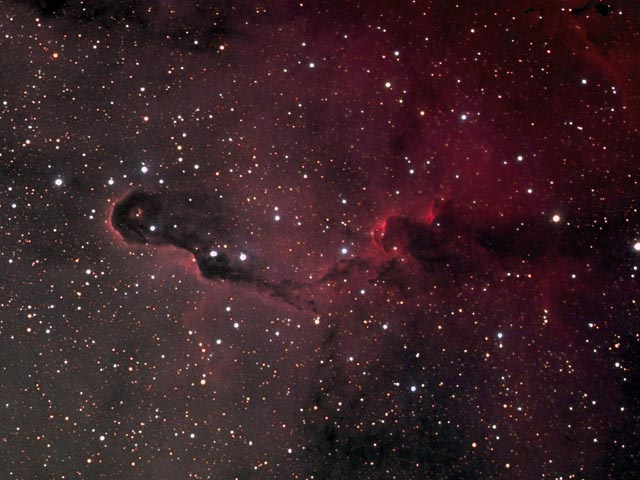 |
||
| Object: VDB142 |
Const.: Cepheus | |
| Camera: SBIG |
Scope: Tele Vue NP127is | Mount: Losmandy Titan |
| Filter(s): Hα:R:G:B | Exposure: 15x8m:6x8m:5x8m:6x8m | |
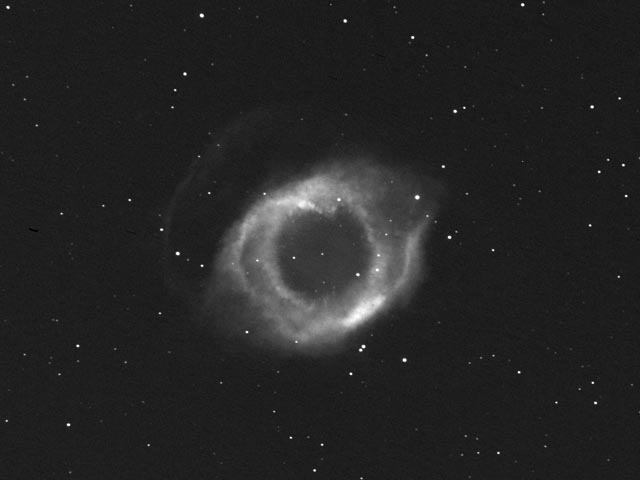 |
||
| Object: NGC7293 |
Const.: Aquarius | |
| Camera: SBIG STL11000M | Scope: Tele Vue TV-102iis | Mount: Losmandy Titan |
| Filter(s): Hα | Exposure: 8x8m | |
 |
||
| Object: The Moon | Const.: Scorpius | |
| Camera: SBIG STL11000M | Scope: Tele Vue NP127is | Mount: Losmandy Titan |
| Filter(s): Red | Exposure: 0.05s | |
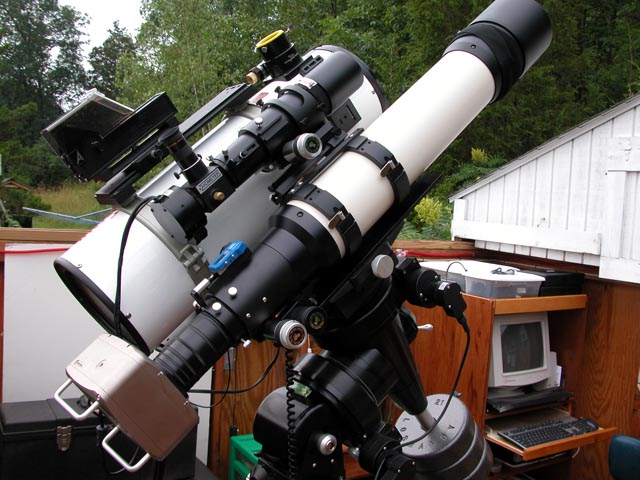 |
The electric focus and digital readout on the NP127is is an amazingly useful feature. With the digital readout's remote interface cable, I can sit at the computer and focus the telescope, and return to a specific focus position at any time, and see the focus position displayed on the monitor. |
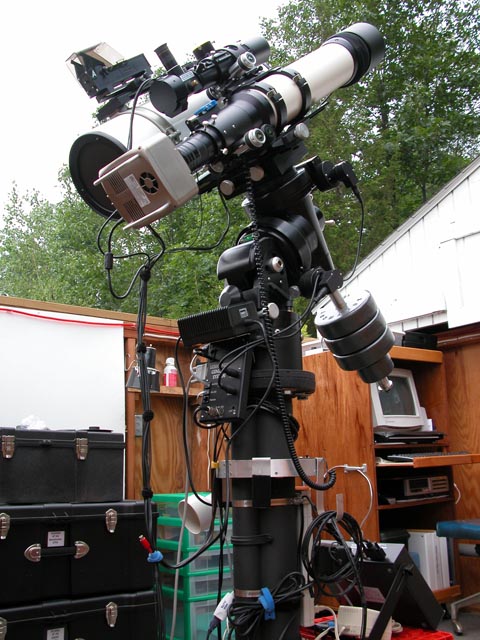 |
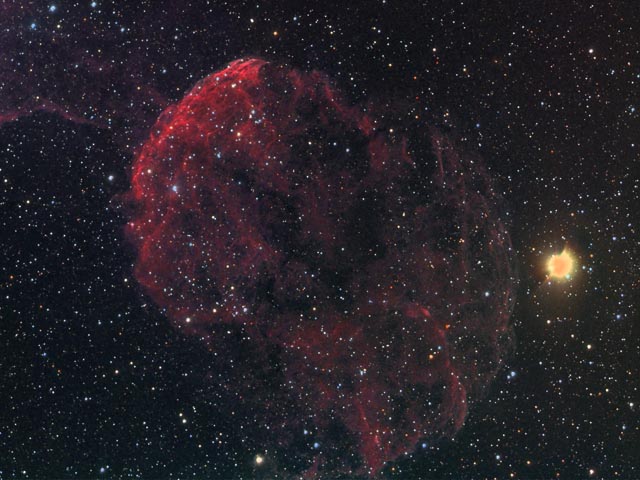
_web.jpg)
